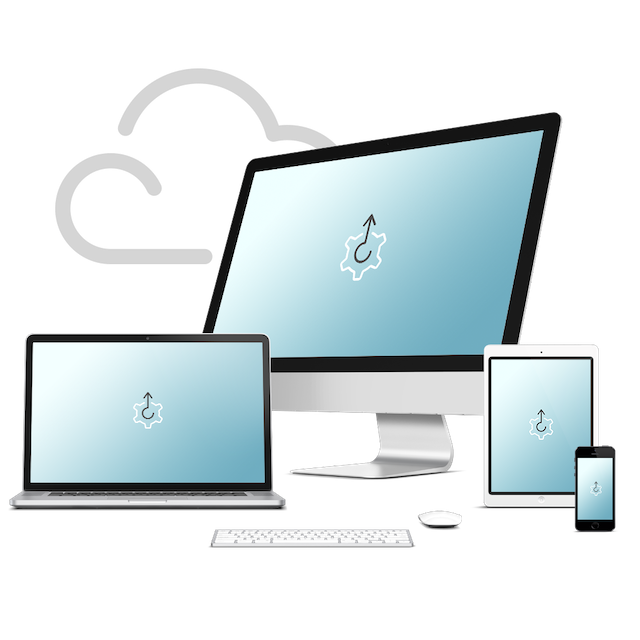
It’s snowing outside. It’s 8 pm, and you’re pondering your drive into the office tomorrow. You still have to shovel the driveway, and it will take an extra hour to make it due to traffic and road conditions. You have a laptop at home you could work from, but you don’t have all your files or essential software readily available to you. That is unless your employer has invested in a cloud-based environment that allows you to access your work computer remotely from nearly any location with internet access.
As a Service Tech, I’ve heard the surprised sighs of relief as I help users sign into their Framework desktops from their personal computers at home. You can hear the excitement when they open their file explorer and all of the files they worked on yesterday at the office are right in front of them in addition to all the critical software they need.
They promised us flying cars by now, but what we’ve gotten instead is close enough in my opinion. Who needs a flying car anyway when you can turn on your computer and have everything you would at the office right in front of you at home?
What is virtualization, and why is it a necessary business tool?
Virtualization is a broad term that refers to technology that allows the maximum utilization of a computer’s resources by essentially allowing it to be divided into multiple different computers that perform different tasks. In the past, one business might have had multiple servers each performing one task. This creates a lot more overhead and maintenance costs in addition to taking up a great deal of space. Thanks to virtualization, one server can perform the work of many which saves money, space, and the effort required to maintain multiple physical servers.
The specific type of virtualization at play that allows services such as Framework to exist, is referred to as desktop virtualization. Desktop virtualization allows one central administrator to deploy hundreds of simulated desktops to anywhere the users want to access it. Since no data is saved to the physical computer used to access a virtual desktop, all your work is accessible from a cloud location that is readily available from any computer. This could come in handy if you spill coffee on your laptop and it no longer powers up, or if it’s lost or stolen. Especially considering all your files are safely stored in the cloud and inaccessible to hardware thieves.
Access to your work computer from nearly any other computer in the world is only the tip of the iceberg, desktop virtualization also makes IT much easier. It solves the typical “Shelly had this problem yesterday and now Tom has it too, can we check everyone’s computer and ensure no one else has this problem?” by allowing mass updating, mass configuration changes, and mass management and monitoring of the user experience. Think of how much easier things would be if there was nearly no hardware involved. You simply open a program, log in and go to work, hassle-free.
Is it Secure?
So you’ve heard about how great virtual desktops are for IT management, and how easily accessible they are to end-users. Naturally, the next question should be, is it secure? Surprisingly, virtual desktops are more secure than other solutions such as company laptops given to employees. Virtual desktops are remote-controlled computers that use software to allow your mouse and keyboard to control them. This means, none of your businesses’ data ever leaves the data center where your virtual desktops are hosted. The only data transferred are clicks and keystrokes. This in itself greatly reduces the security risks involved with remote work, because even transferring data over a VPN can be susceptible to a security threat lingering on an employee’s home network.
Other Benefits
In addition to keeping your data safe, virtual desktops enable IT administrators to quickly deploy updates and software patches company-wide, keeping you on the cutting edge of IT security with the latest software on every machine within your company’s network. Even if one of the virtual desktops were to become compromised, they can quickly be deleted and rebuilt with very little downtime. That is a supreme advantage over an employee having to return a compromised or damaged device and wait for another one to be purchased or provided.
Virtual desktops allow you to create a custom environment for your company to work safely, securely, and from anywhere in the world with internet access. The next time you are shoveling in the morning and getting ready to drive to the office through the arctic tundra, consider the benefits virtual desktops may bring to your business. If you have questions or would like more information on how virtual desktops could be implemented within your business, contact Calyx, your subject matter expert.
